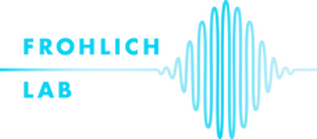|
McNickle, Emmet, & Richard G. Carson. 2015. Paired associative transcranial alternating current stimulation increases the excitability of corticospinal projections in humans. J Physiol. 593.7: 1649-66.
Summary: These authors induced spike-timing dependent plasticity (STDP)-like effects with a modified paired associative stimulation (PAS) protocol that uses tACS instead of TMS. A wide range of frequencies (80, 140, & 250 Hz) and stimulation amplitudes (1, 2, & 3, mA) were found to induce increases in corticospinal excitability measured with TMS-induced MEPs over a 30 minute period. TACS presented at 80 and 140 Hz generated the greatest increases (140 Hz evaluated as low as 1 mA). The paired effect is most robust when the peripheral afferent stimulation is long in duration (~1 sec) and this effect was observed even when applying vibrational (non-electric) stimulation to the peripheral nerve. This novel paradigm introduced new avenues for plasticity induction in the motor system that do not rely on precise timing of classic STDP protocols or more expensive equipment. Pros:
Open Questions;
Contributed by: Christopher Walker, PhD
0 Comments
Leave a Reply. |
AuthorsEvery week, there are new and exciting scientific papers published on studies that investigated tACS. Reading and understanding these papers unfortunately requires both access to (sometimes quite expensive) scientific journals and in-depth "insider knowledge." Our goal is to share with you brief summaries of tACS studies that give you a big-picture idea of what the publications are about. There are too many studies to feature all of them but we will continuously update this page. If you have a specific study you would like to get featured, please contact us. The contributors are personnel from the Frohlich Lab and the Carolina Center for Neurostimulation. ArchivesCategories |
Proudly powered by Weebly

 RSS Feed
RSS Feed